While noted for their historical charm and timekeeping abilities, some of Montreal’s clocks are reputed to be haunted. Most of Montreal’s haunted clocks are located on St. James Street, an area associated with the extreme desecration of French colonial cemeteries by various financial corporations.
Welcome to the eighty-sixth installment of the Haunted Montreal Blog!
With over 500 documented ghost stories, Montreal is easily the most haunted city in Canada, if not all of North America. Haunted Montreal dedicates itself to researching these paranormal tales, and the Haunted Montreal Blog unveils a newly researched Montreal ghost story on the 13th of every month!
This service is free and you can sign up to our mailing list (top, right-hand corner for desktops and at the bottom for mobile devices) if you wish to receive it every month on the 13th! The blog is published in both English and French!
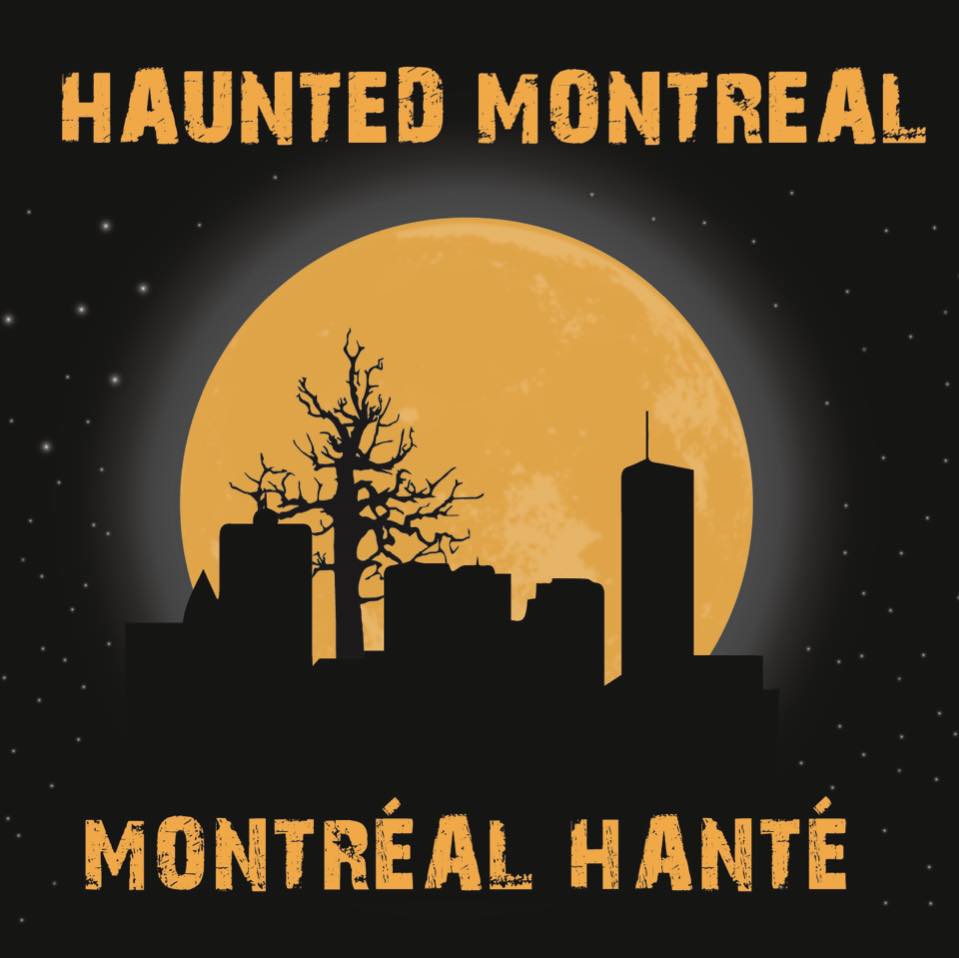
For this year’s Hallowe’en Season we are launching our new ghost tour – Haunted Old Montreal!
This haunted walk is available every Sunday night in October!
Tickets are now on sale!
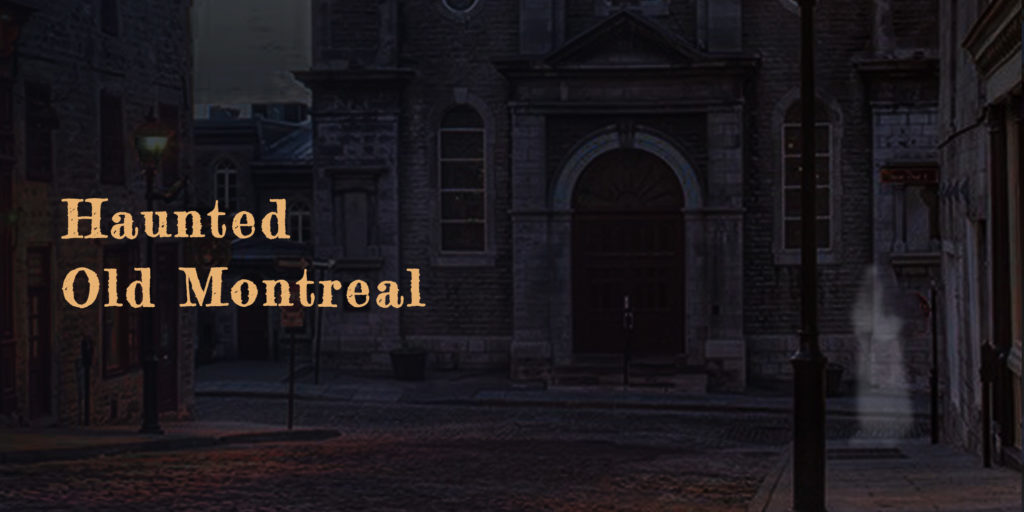
Haunted Montreal is also currently offering our regular ghost tours in both languages:
Every Friday:
Haunted Griffintown Ghost Walk
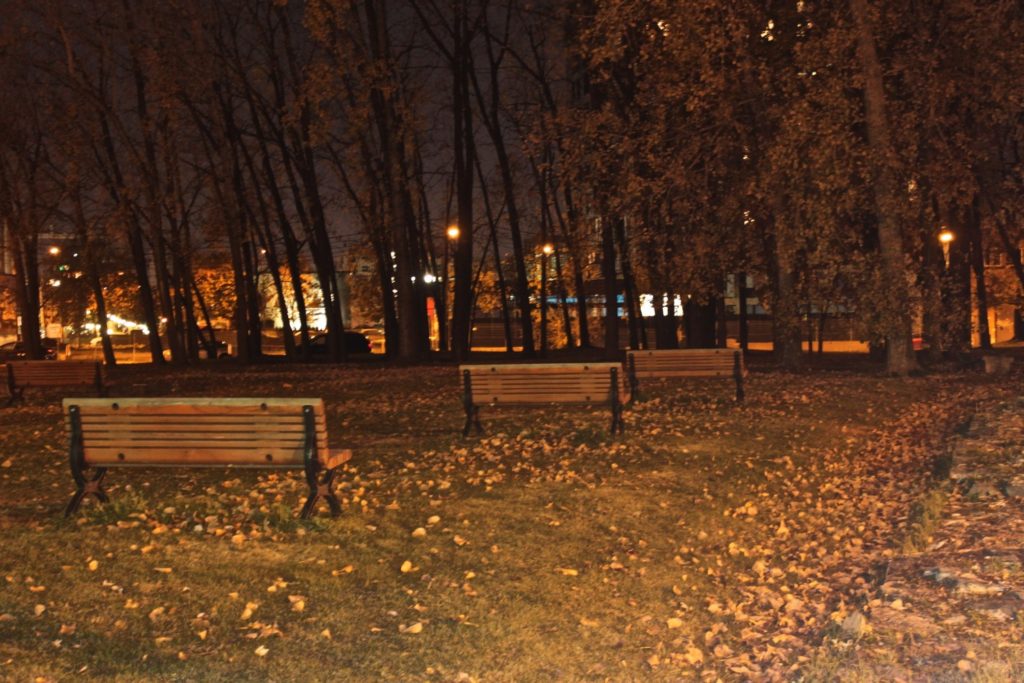
Every Saturday (on rotation):
Every Sunday:
Our Haunted Pub Crawl is offered every Sunday at 3 pm in English and on the last Sunday of the month at 4 pm in French.

For those who want to try to communicate with the Dead, we offer a real Paranormal Investigation the first weekend of every month (Fridays in French and Saturdays in English). There is also a special investigation on Hallowe’en night:
Paranormal Investigation – Old Sainte Antoine Cemetery
Private tours can also be booked at any time based on the availability of our actors.
Our Virtual Ghost Tour is also available on demand!
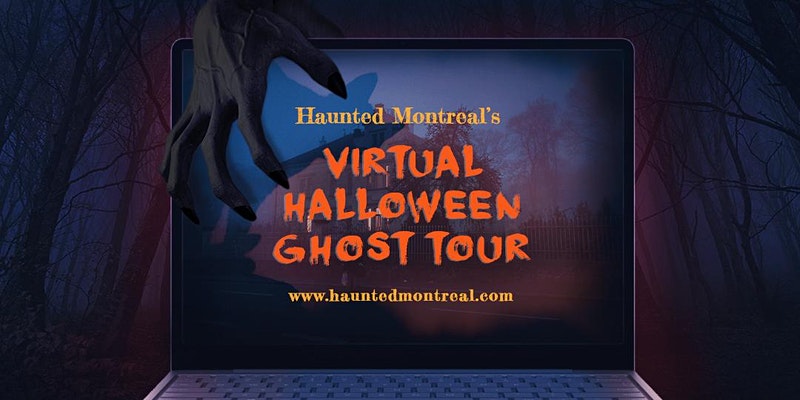
Want to give the gift of a haunted experience for the 2022 season?
You can now order a Haunted Montreal Gift Certificate through our website. They are redeemable via Eventbrite for any of our in-person or virtual experiences. There is no expiration date.
Lastly, we now have an online store for those interested in Haunted Montreal merchandise. More details are below in our Company News section!
This month we explore the venerable Hôtel-Dieu de Montréal hospital and its ghost stories told over the centuries!
Haunted Research
Hôtel-Dieu de Montréal is one of North America’s oldest and most haunted hospitals. Established in 1642 by colonial nurse Jeanne Mance, it has seen many incarnations over the centuries and still exists today.
The founding of this colonial hospital was allegedly rooted in a Godly message received by Jérôme Le Royer de La Dauversière. This devout Catholic tax-collector from La Flèche, France was part of a religious movement that dreamt of colonizing “New France” with the goal of converting Indigenous people to Catholicism.

On February 2, 1630, as he approached his 33rd birthday, Jérôme Le Royer went to the chapel of Notre-Dame du Chef du Pont in La Flèche for the Feast of the Purification. During the communion, Le Royer heard an interior Godly voice, which instructed him:
“My son, consecrate yourself, with your wife and children, to the Holy Family. You will found an order of nuns and consecrate them to my foster father, Joseph. These nuns will go to Montreal, Canada, and found the Hôtel-Dieu there.”
Jérôme Le Royer was so inspired by the otherworldly message that he decided to found “The Notre-Dame Society for the Conversion of the Savage Peoples of New France”.
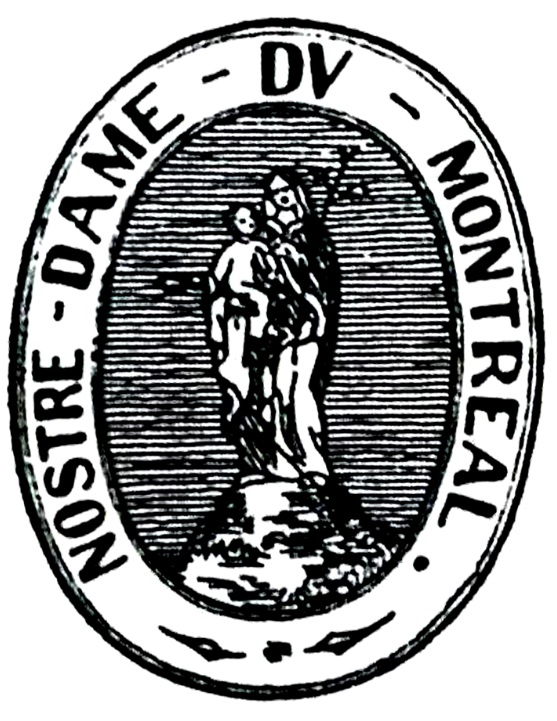
This colonial organization began fund-raising and assembling supporters with the goal of establishing a French colony on the Mohawk territory of Tiohtià:ke, called “Montreal Island” by the French.
Le Royer also established the Religious Hospitallers of St. Joseph, an order of nuns to found the Hôtel-Dieu Hospital. He recruited a young woman named Jeanne Mance to be in charge of the project. He also selected a military leader named the Sieur de Miasonneuve to govern the colony.
Once the colonization team was assembled, it sailed across the Atlantic for Quebec City in 1641. After spending the winter in the colony, in May, 1642, it set sail to colonize Tiohtià:ke. The French had an advantage in that the Mohawk people were not in this part of their territory at the time.

It is important to note that the Catholic colonists were terrified of the Devil and his evil minions. They saw demons as having a special mission to harass and thwart any Christian project, especially works of charity and compassion like hospitals, orphanages and shelters.
The first thing the French colonists did when they arrived was fire their cannons to try and scare suspected demons away. Father Vimont, a Jesuit priest who was part of the group that founded the city, wrote:
“The thunder of the cannon reverberated over the whole island. The demons…were no doubt dismayed at a sound that testified to the love we have for our great lady.” The great lady was the Virgin Mary, and the religious colonists named their city “Ville-Marie” in her honour.
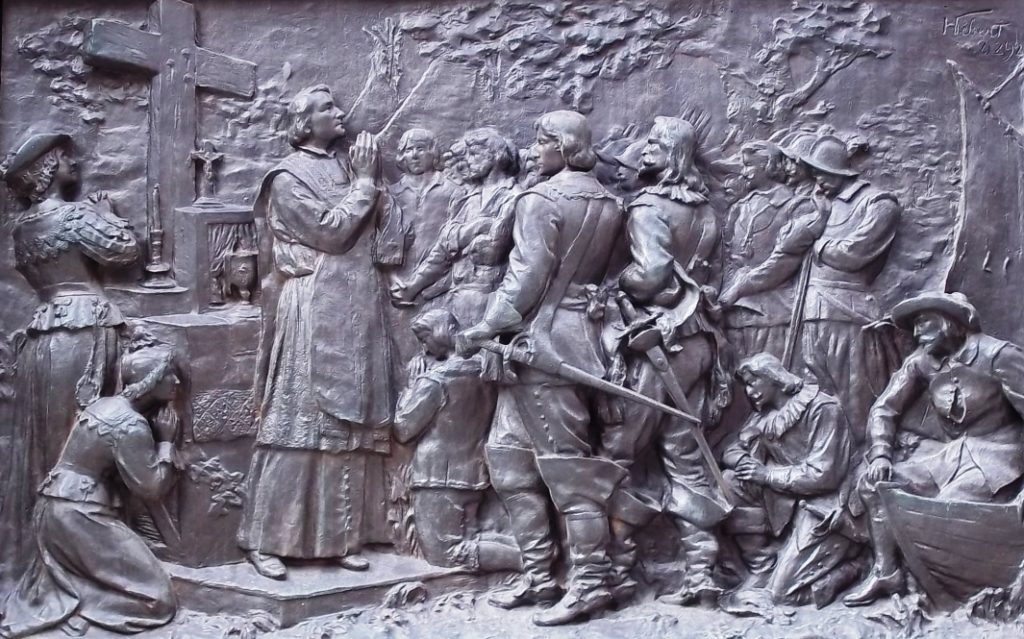
With the construction of the Ville-Marie colony, Jeanne Mance created a rudimentary hospital in 1642 within the palisade of the fort.
When the first stone hospital was built in 1645, Jeanne Mance officially founded the Hôtel-Dieu de Montréal on October 8, as confirmed by a patent of King Louis XIV of France.

When the Mohawk First Nation realized that Tiohtià:ke had been colonized, and all out war broke out with the French. In 1649 the hospital was briefly closed and converted into military installation
The hospital grew when two surgeons arrived from France in 1653 and authorities began constructing a chapel on the site. However, disaster struck on February 22, 1695, when a mysterious fire burned the hospital to the ground. Authorities blamed the inferno on a demon.
As they rebuilt the hospital, the nursing sisters complained that the same demon had arrived to terrify them.

They claimed that he ran about the hospital at night with a big candle in his hand. The demon was seen dashing from window to window, frightening passers-by on Saint-Paul Street.
The demon also raised a horrible racket by throwing piles of building materials down the stairs into the cellar. Sometimes he could be heard working all night long with an axe and saw, as though he was a carpenter.
There were also nights when the demon galloped around on the roof like a frisky young horse or walked the length of the dormitory, clattering as if wearing wooden shoes. He finally rolled a large barrel down the stairs before moving on to terrorize other places.

In another case, a priest named Father de Fancampt claimed he was visited by a demon on his deathbed at the Hôtel-Dieu Hospital. The demon taunted him and tried to bring him to purgatory, so Father de Fancampt refused to die until the demon was exorcised by another priest.
The hospital would burn to the ground again on June 19, 1721. While celebrating the Feast of Corpus Christi, soldiers fired a volley into the air. A bullet struck the Hôtel Dieu, triggering a devastating fire that destroyed the hospital and burned down 138 homes.
A third hospital was soon built, but it was not to last very long.

The third version was destroyed on April 10, 1734, when a slave-woman named Marie-Josèphe Angélique was accused of arson.
It had started on the south side of Saint-Paul Street and spread very quickly. The fire was so intense that the law enforcement officers could not get close to it. Due to a strong wind blowing from the west, the fire spread and destroyed forty-six houses along with the Hôtel-Dieu Hospital in less than three hours. Half of the city was completely ruined.
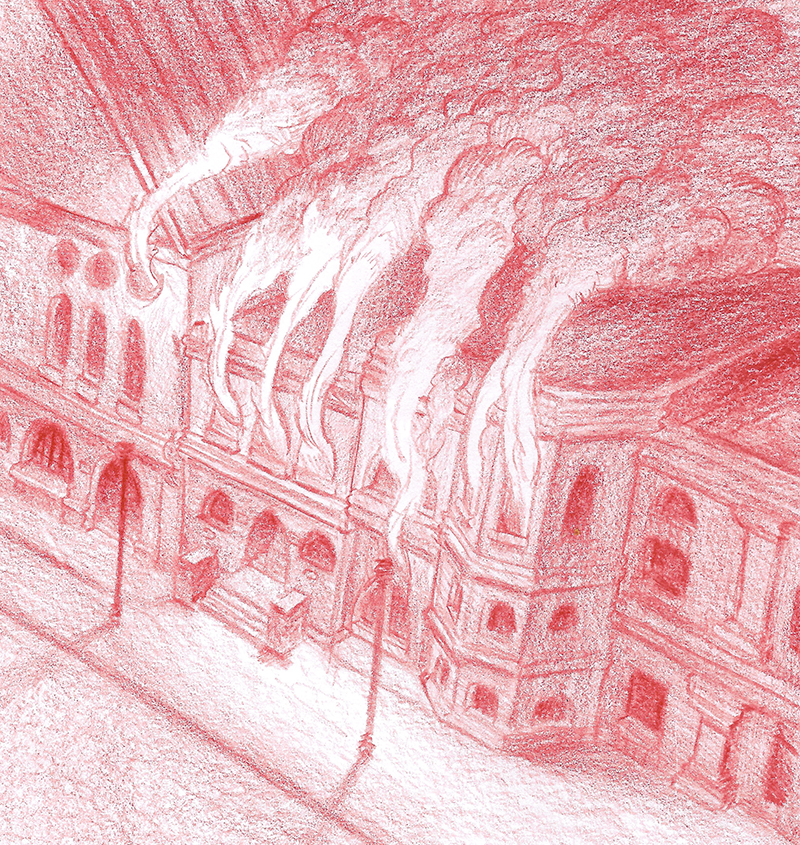
Rumours began to circulate that a slave named Marie-Josèphe Angélique had set the fire in the attic of her mistress’ home, one Madame de Francheville, on St. Paul Street. Even the town crier announced that she had started the fire.
Even though there were no witnesses, Marie-Josèphe Angélique was arrested and put on trial for arson. Some twenty colonists filed before the judge. All of them were convinced that the slave of Widow Francheville was guilty, yet not one of them saw her set the fire. She was declared guilty by the Judge and was sentenced to have her hand cut off and then to be burned alive at the scene of the fire, with her ashes scattered to the wind.

However, all death penalties in New France were automatically appealed to the Governor in Quebec City. The Governor reviewed the case and he felt it was too cruel. He decided to reduce the sentence: her hand would no longer be chopped off and instead of burning her alive, she would be hanged first and then her body would be thrown on the funeral pyre.
That afternoon, Marie-Josèphe Angélique was taken one last time through the streets of Montreal on the back of a horse-drawn garbage cart. She was dressed in a long white robe with a sign made from the burnt wood of the home around her neck with the word incindieare, or “arsonist”, inscribed upon it.
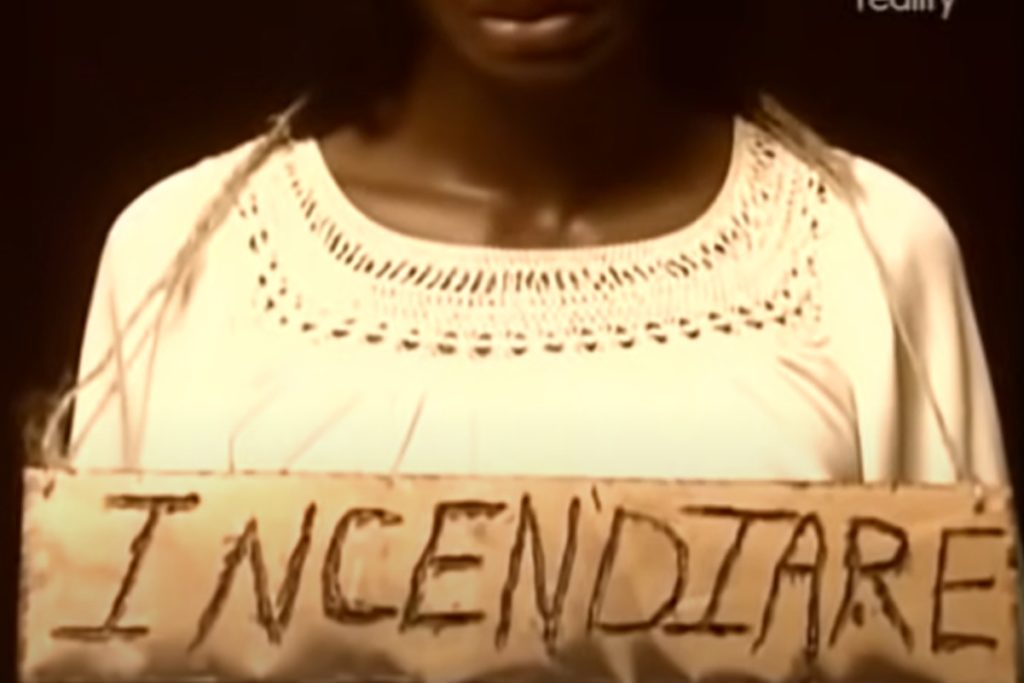
She was forced to wear a noose dangling around her neck and to carry a two-pound lit wooden torch as a reminder of her alleged crime.
When they arrived at the site where Madame Franchville’s home had stood, Marie-Josèphe Angélique mounted a scaffold with piles of firewood underneath it. She was then hanged and then the large funeral pyre was lit. Her body was cut down and then flung into the blaze. Once her body had been cremated, her ashes were scattered in the wind.
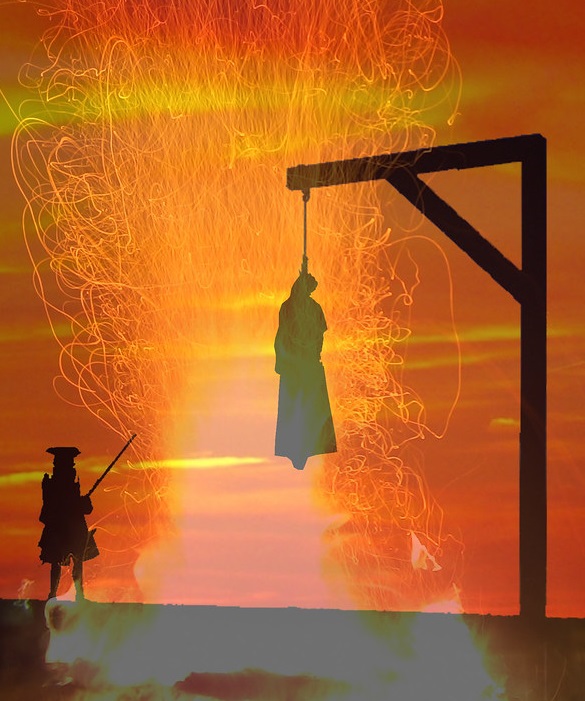
Today, the ghost of Marie-Josèphe Angélique is probably the most well-known in Old Montreal. Not only have there been numerous sightings of her limping through the streets in a long white robe with a torch in her hand, but her story has also been featured on TV programs like Creepy Canada.
The fourth Hôtel Dieu Hospital was then built. It would be the last and most enduring structure on the original site.
Religious authorities were thrilled in 1784, when a military officer named James Singer donated his slave Dianne to the Hôtel Dieu Hospital before returning to England. The nursing sisters were so grateful for his “generosity and pious charity” that they promised to forever pray for his health and longevity.
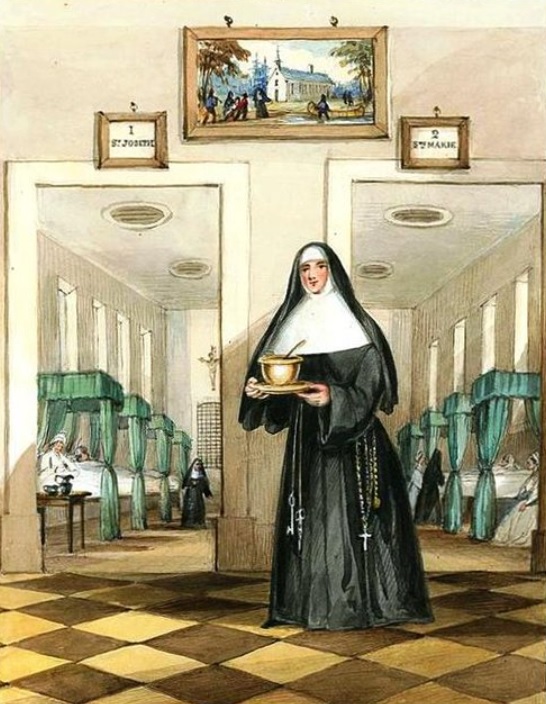
In 1836, the hospital was exposed to scandal when the book Awful Disclosures of Maria Monk, or, The Hidden Secrets of a Nun’s Life in a Convent Exposed was published. It claimed to reveal systematic sexual abuse of nuns and infanticide of the resulting children by Catholic priests in her convent and the Hôtel Dieu Hospital. In it, Monk claimed that nuns of the Religious Hospitallers of St. Joseph, whom she called “the Black Nuns”, were forced to have sex with the priests in the nearby seminary. The priests supposedly entered the convent through a secret tunnel.
If the sexual union produced a baby, the priests baptized it – and then strangled the baby and dumped it into a lime pit in the basement. Uncooperative nuns “disappeared”. Widely regarded as an anti-Catholic hoax, the book even provided a map of the grounds with the fictional secret tunnel linking the hospital to the seminary.

In 1861, the Hôtel Dieu Hospital moved to a new location on the slopes of Mount Royal, marking its fifth incarnation. Not only did the living nuns and patients move to new hospital on the mountain – they also took all of the bodies of the deceased nuns, who were transferred to the chapel of the new hospital. A total of 178 nuns had died over the span of two centuries, however only 23 coffins were needed to carry all their remains, as many of the bones had been reduced to powder. These remains are still there, including the skeleton of Jeanne Mance.
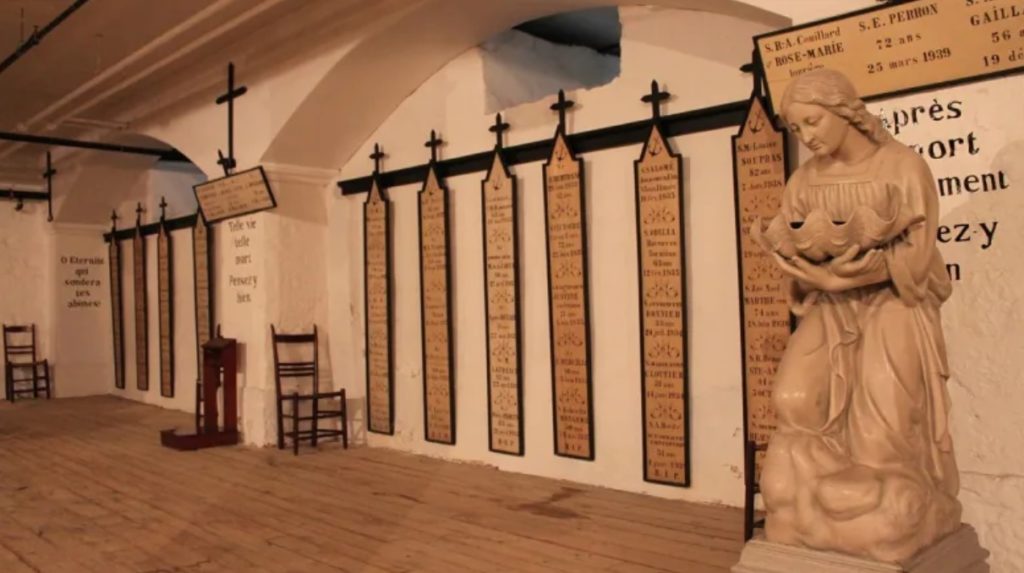
The Mountain Campus of the Hôtel Dieu Hospital would serve Montrealers for over 150 years. It witnessed everything from epidemics of smallpox and Spanish Flu to diagnosing the first AIDS patient in Canada. The hospital was the site of medical innovations, the recovery of hundreds of thousands of patients and the deaths of many who did not survive.
It is also rumored to be haunted by ghostly nurses, smallpox victims and all sorts of other ghastly apparitions.
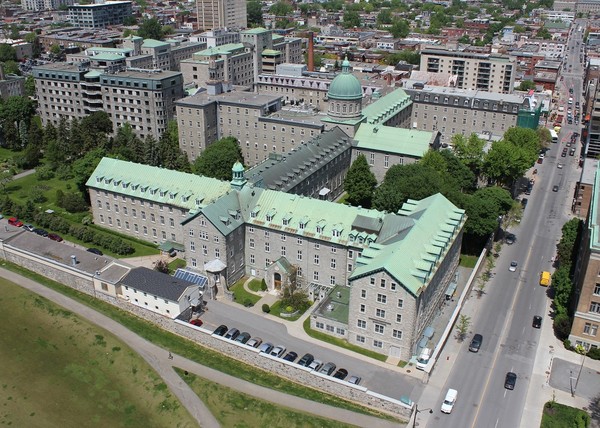
In 1992, the Musée des Hospitalières de l’Hôtel-Dieu de Montréal opened on the site. Created for the 350th anniversary of the City of Montreal, this museum highlights the history of Jeanne Mance and the hospital she founded.
Returning to Old Montreal, the fourth hospital was demolished after the Mount Royal campus opened. Store-Warehouses, the most common type of building in Old Montreal, were erected on the site between 1861 and 1874. They were constructed because the British began to expand the port and these buildings were used to store imports and exports on the upper floors and as shops on the ground level. The religious authorities rented out these buildings to merchants, earning record sums from the property.

When the port moved to the east in the 1970s, all of the Store-Warehouses in Old Montreal became obsolete. These were converted info Old Montreal’s first luxury condos and currently sell for over a million dollars each. Because the Catholic authorities never took a Vow of Poverty, they made a fortune from the old Hôtel Dieu site!
Today, the condos are rumoured to have ghosts. Sometimes people have seen ghostly nurses in the windows of the building. Other times people hear a disembodied female voice crying “Au secours” (or “Help me!” in English). These paranormal cries may be related to one of the many fires that consumed the old hospital.
In any case, on September 23, 2017, the Hôtel Dieu moved from its Mount Royal site into the CHUM Super-hospital along with several older facilities. Today, one of the oldest hospitals in North America is still operating in the most ultramodern of settings.
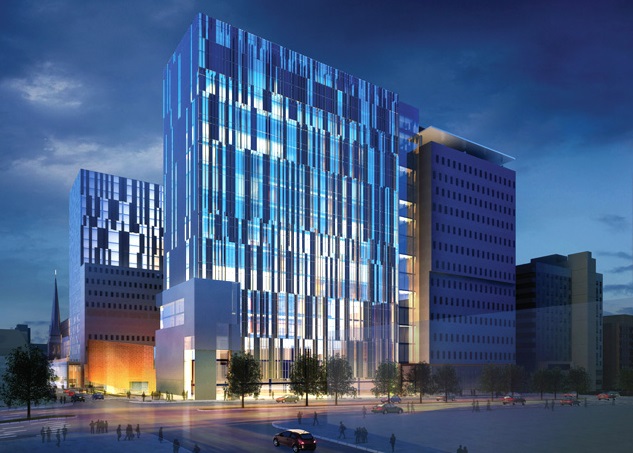
One constant question is whether any ghosts or demons have followed the Hôtel Dieu Hospital to its newest location. While hospital management has denied that the new location has any paranormal activity, Haunted Montreal was contacted by a man who was recovering from a heart attack in October, 2019 at the CHUM location.
The patient claimed that while resting one afternoon in his hospital bed, he suddenly smelled sulfurous odor, almost like rotten eggs. At first, he thought that an orderly was bringing some sort of nasty food, especially as he could hear footsteps approaching his room.

However, the footsteps stopped outside of his door and nobody opened it.
“Is anyone there?” he asked, but there was no reply.
The patient pulled himself out of bed and slowly walked to the door, holding his nose as he went due to the sulfurous stench. Once at the door, he turned the handle to try and open it. It seemed to be locked!
Puzzled, the patient continued trying to turn the handle, when all of a sudden, the lights began flickering on and off in his hospital room. He then began to hear what sounded like demonic laughter.
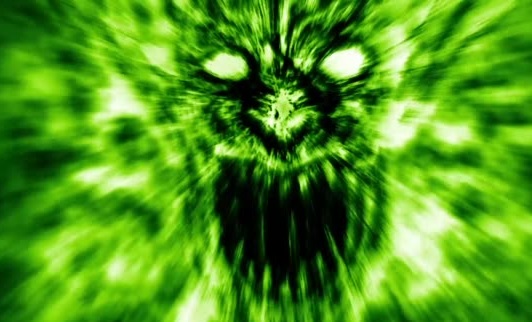
It started slowly with some deranged snickering and soon developed into a roaring, full-throated cackling.
The man hobbled back to his bed as quickly as he could and began pressing the buzzer to summon a nurse. The laughter and the smell of sulfur got worse and worse and the man collapsed in his bed in terror.
When he woke up, he was surrounded by nurses and the stench and laughter were no longer present. Medical staff informed him that he had had a minor heart attack.

The patient assumed he may have been dreaming or hallucinating from the cocktail of drugs he was on, so did not mention his experience to hospital staff.
Indeed, it was only a few days later that he confided to Haunted Montreal about what had happened.
Given the Hôtel Dieu Hospital’s long association with demons and other spirits, it is feasible that the CHUM location is haunted.
Whatever the case, as one of the oldest hospitals in North America still in operation, there can be no denying the tales of ghosts and apparitions who have been haunting it for almost four centuries now.
Company News
For this year’s Hallowe’en Season we are launching a new ghost tour – Haunted Old Montreal! This haunted walk is available every Sunday night in October and more dates may be added based on demand.
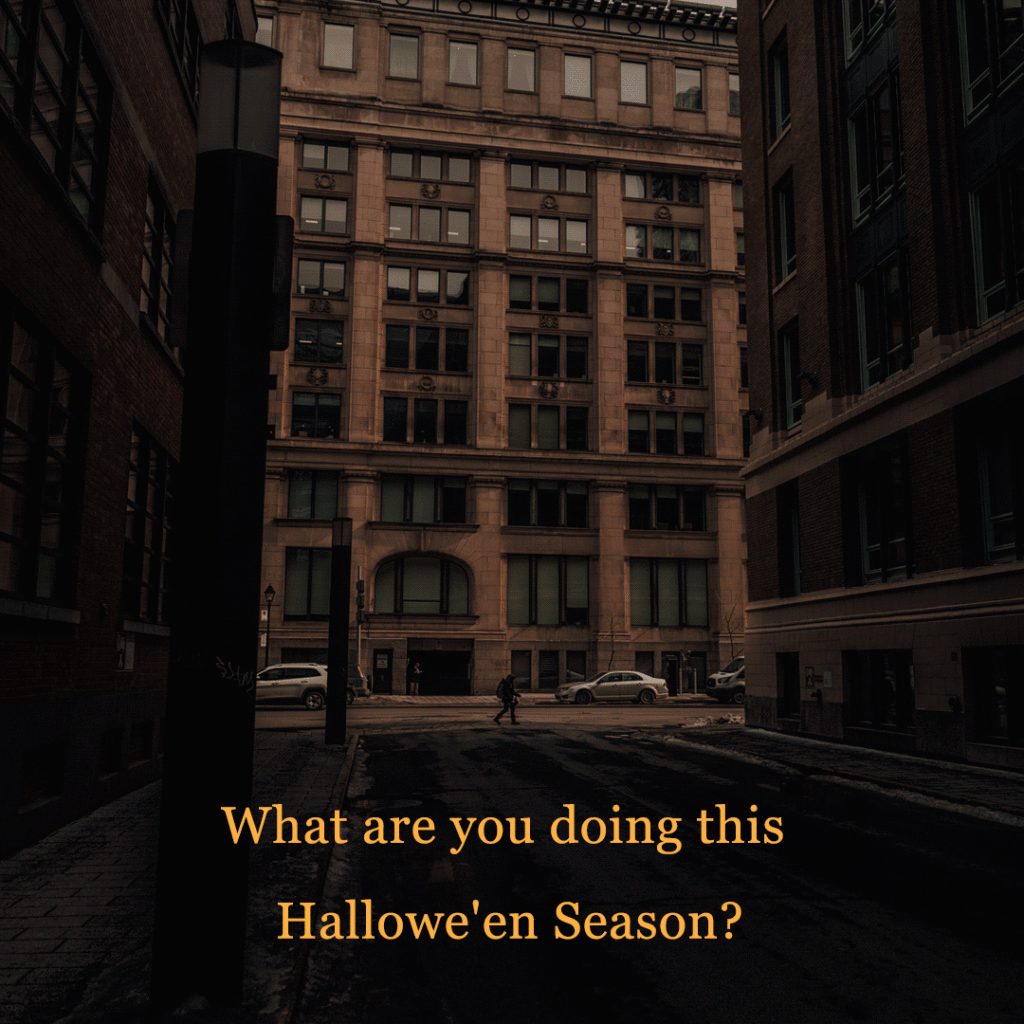
Tickets are now on sale!
We are also offering all of our regular tours!
Every Friday:
Haunted Griffintown Ghost Walk
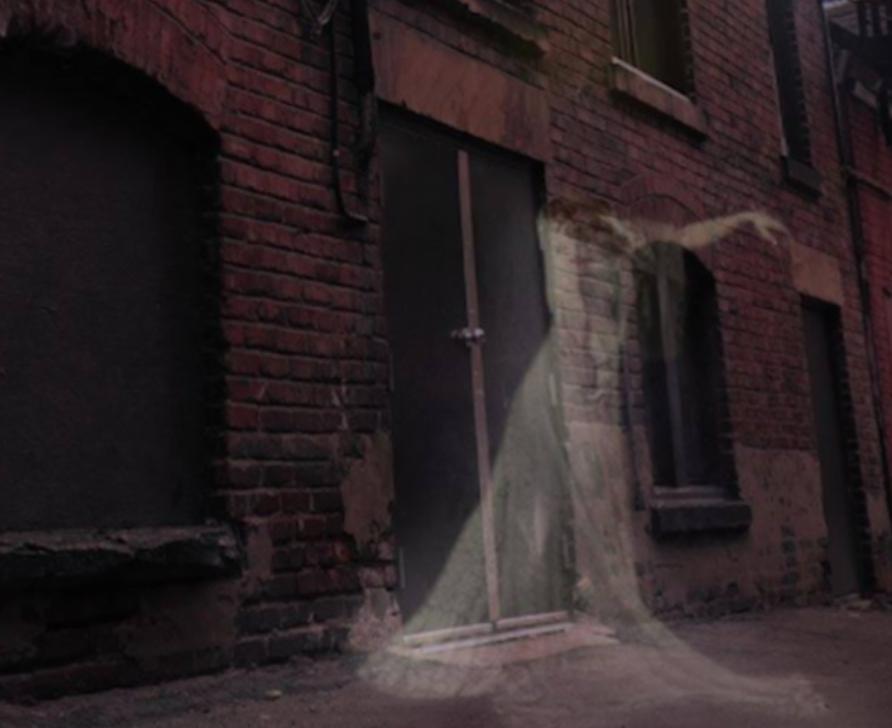
Every Saturday (on rotation):
Every Sunday:
Our Haunted Pub Crawl happens every Sunday at 3 pm in English and on the last Sunday of the month at 4 pm in French.
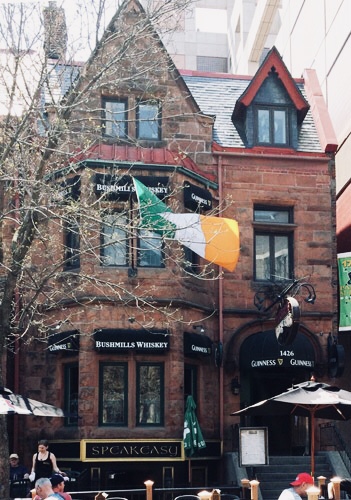
For those who want to try to communicate with the Dead, we offer a real Paranormal Investigation the first weekend of every month (Fridays in French and Saturdays in English):
Paranormal Investigation – Old Sainte Antoine Cemetery
Private tours for any of these experiences can be booked at any time based on the availability of our actors.
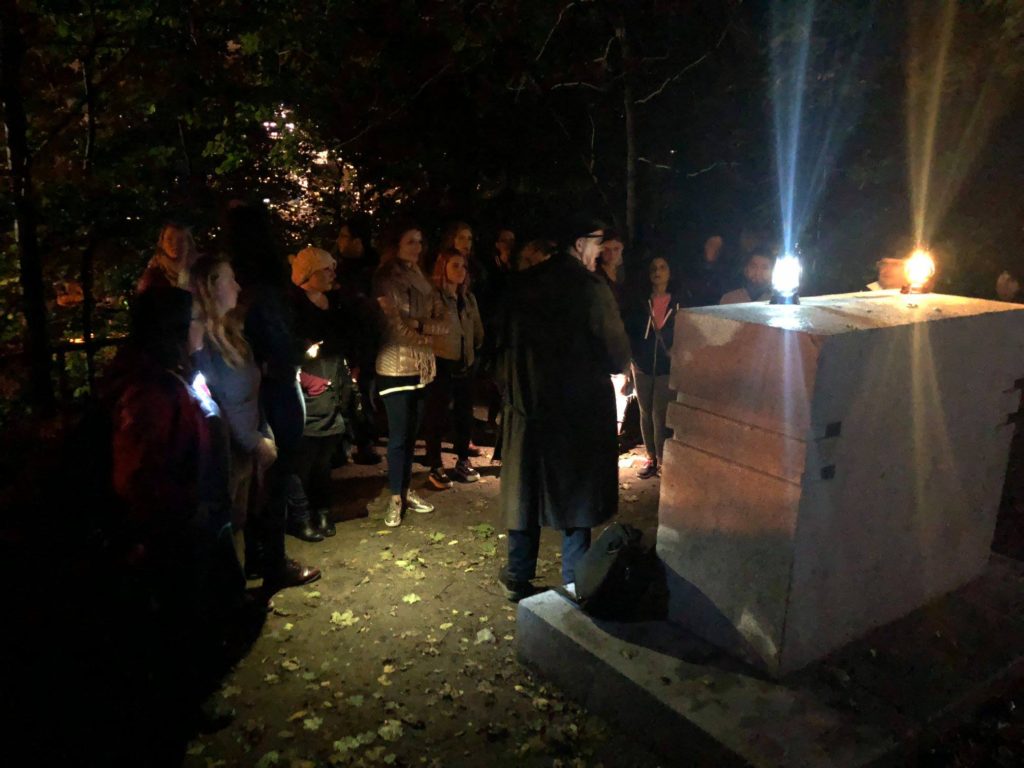
For private tours, clients can request any date, time, language and operating tour. These tours are based on the availability of our actors and start at $170 for small groups of up to 7 people.
Email info@hauntedmontreal.com to book a private tour!
Our team also releases videos every Saturday, in both languages, of ghost stories from the Haunted Montreal Blog. Hosted by Holly Rhiannon (in English) and Dr. Mab (in French), this new initiative is sure to please ghost story fans!
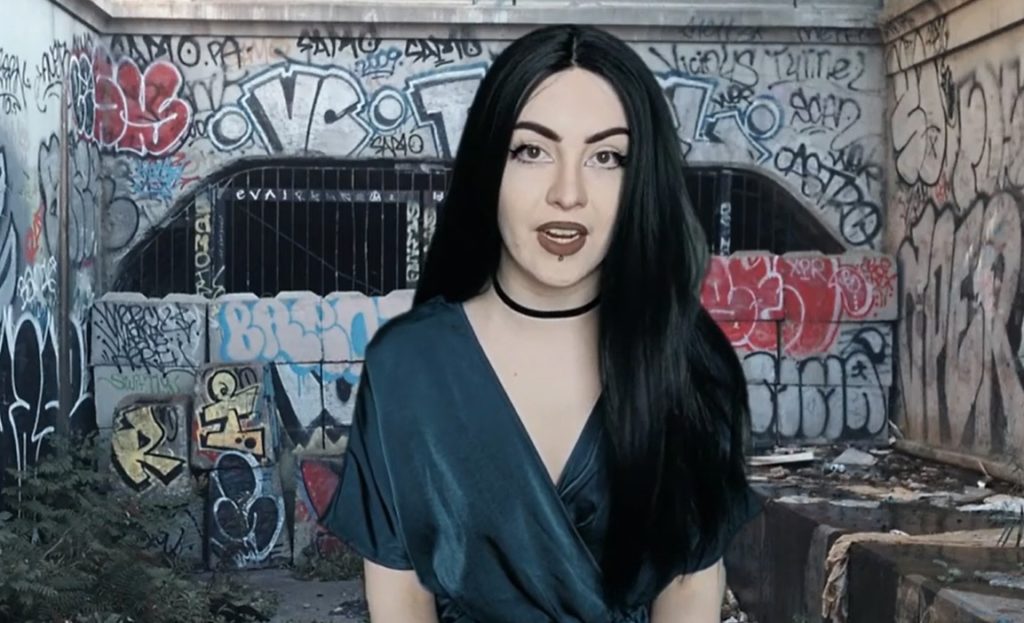
Please like, subscribe and hit the bell!
In other news, if you want to send someone a haunted experience as a gift, you certainly can!
We are offering Haunted Montreal Gift Certificates through our website and redeemable via Eventbrite for any of our in-person or virtual events (no expiration date).
Finally, we have opened an online store for those interested in Haunted Montreal merchandise. We are selling t-shirts, magnets, sweatshirts (for those haunted fall and winter nights) and mugs with both the Haunted Montreal logo and our tour imagery.

Purchases can be ordered through our online store.
Haunted Montreal would like to thank all of our clients who attended a ghost walk, haunted pub crawl, paranormal investigation or virtual event during the 2022 season!
If you enjoyed the experience, we encourage you to write a review on our Tripadvisor page, something that really helps Haunted Montreal to market its tours.

Lastly, if you would like to receive the Haunted Montreal Blog on the 13th of every month, please sign up to our mailing list.
Coming up on November 13: Sir Arthur Conan Doyle in Montreal
While visiting Montreal during a lecture tour in 1922, Sherlock Holmes author Sir Arthur Conan Doyle learned about a poltergeist in the city. He described the apparition in his 1924 book Our Second American Adventure. Doyle gave a detailed account of how it had harassed a married couple. When a priest came to cast out the poltergeist, “in the midst of his exorcism the rug sprang at him and enveloped his head and shoulders, so that he ran terrified from the house.”

Author:
Donovan King is a postcolonial historian, teacher, tour guide and professional actor. As the founder of Haunted Montreal, he combines his skills to create the best possible Montreal ghost stories, in both writing and theatrical performance. King holds a DEC (Professional Theatre Acting, John Abbott College), BFA (Drama-in-Education, Concordia), B.Ed (History and English Teaching, McGill), MFA (Theatre Studies, University of Calgary) and ACS (Montreal Tourist Guide, Institut de tourisme et d’hôtellerie du Québec). He is also a certified Montreal Destination Specialist.
Translator (into French):
Claude Chevalot holds a master’s degree in applied linguistics from McGill University. She is a writer, editor and translator. For more than 15 years, she has devoted herself almost exclusively to literary translation and to the translation of texts on current and contemporary art.

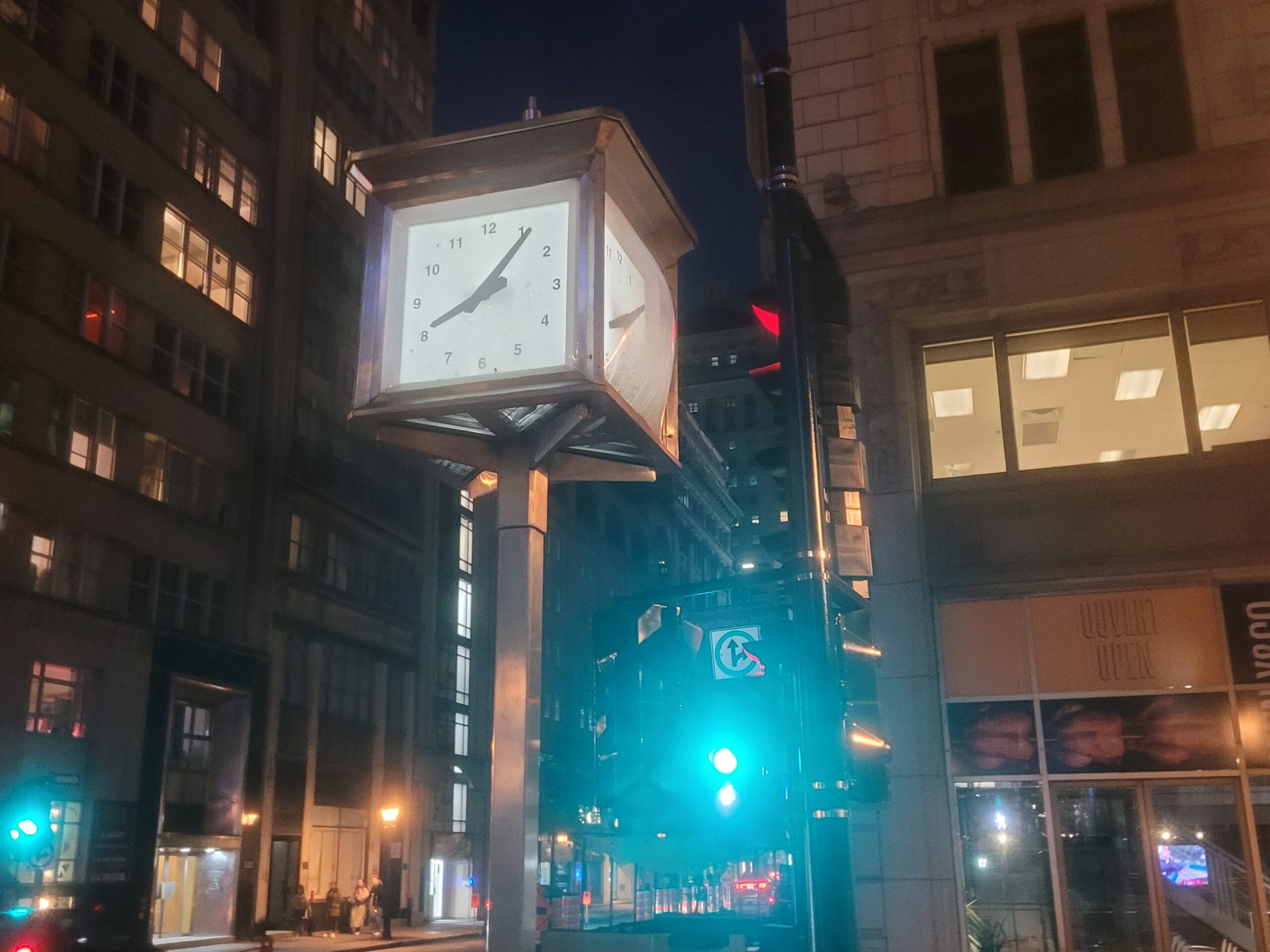


Back in 2014, the Société d’histoire du Plateau-Mont-Royal devoted a 28-page newsletter to Hôtel-Dieu de Montréal (see https://heyzine.com/flip-book/9b7559b19d.html#page/1). No talk of ghosts or demons, but pages 12 to 14 tell the story of the miraculous healing of Jeanne Mance which occurred in Paris in 1659 and is attributed to Jean-Jacques Olier.
Another version of the same story appears in the newsletter a couple of years later (see https://heyzine.com/flip-book/0580bdd017.html#page/10).